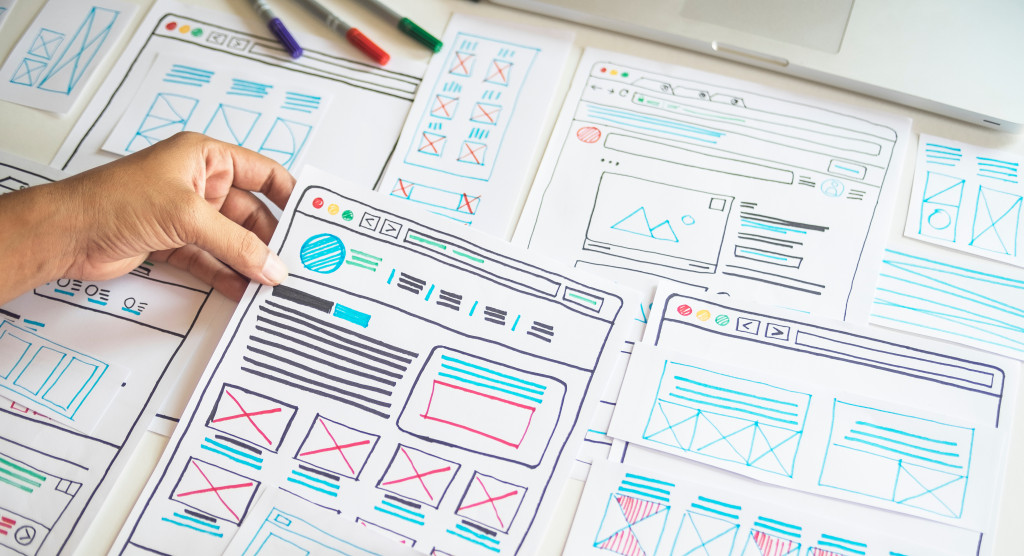Shifting to e-commerce and remote setup wasn’t an easy task. You needed to subscribe to collaboration tools like Trello and IT security solutions like VPN services and the ServiceNow Security Operations module. You also had to implement digital marketing through several Facebook or Google advertising campaigns. But why are you still struggling to get more sales online? Is there anything else you can do?
Perhaps, you need to take another look at your website—its web design. Your website is your business’ storefront online, and it can be the difference between a sale and a lost lead. Shifting to the digital landscape isn’t only about preparing your team to work remotely or protecting your organization from cyber threats. It also requires you to be creative in keeping customers engaged. Your digital marketing tactics won’t work if every customer is directed to a boring or cluttered homepage or service page.
Here are some web design trends to guide you in giving your website a fresh or more refined look:
Minimalist
There’s a reason minimalist style works in graphic, interior, and even book cover design—it can catch anyone’s attention. In web design, this style can mean minimal graphic elements, a bare minimum of text, or narrow color palettes. It can help users navigate a website efficiently, shifting their focus on information that matters. One easy way to achieve minimalism in your web design is by replacing a heavy paragraph with a high-quality image or video that would convey your message in a simpler but more enticing way.
Luminous color schemes
Glowing, neon colors like purples, pinks, and blues pop out from screens, making your website look modern, bold, and futuristic. You could even mix luminous color schemes with minimalism. For instance, use white or black on background and neon colors on headings and calls-to-action. This way, you can easily shift users’ focus on enticing CTA buttons and other information that they need to know quickly.

Hand-drawn elements
Hand-drawn elements, such as drawn icons or cartoonish illustrations, radiate creativity, humanity, emotions, and personal touch. With these elements, you can show your clients that you are positive, easy-going, and authentic. But be careful in incorporating such elements into your web design. Seek advice from a professional web designer to ensure your website doesn’t look childish or thoughtless.
Playful cursors
Want to impress website visitors and eventually turn them into customers? Play with playful cursors. With these dynamic cursors, you can make viewing pages a new experience. Your website visitors will likely stay on your website for long, clicking on different pages and absorbing the information you want to convey. With this element, your website will also become memorable, enticing users to come back again. If you can get users to visit your site repeatedly, you are bound to convert them into loyal customers.
Impactful stories
Even if your website is sleek, scannable, and engaging, you still need a compelling story to persuade visitors to buy your product or subscribing to your services. Learn to tell concise and impactful stories. After all, many people don’t like to browse through a homepage full of long paragraphs. Create a great user experience with a clever mix of engaging graphic elements, neon colors, and punchy lines.
With more and more businesses shifting online, your brand needs to stand out. So after working on team collaboration, IT security, and digital marketing, focus next on web design to capture more clients online.

